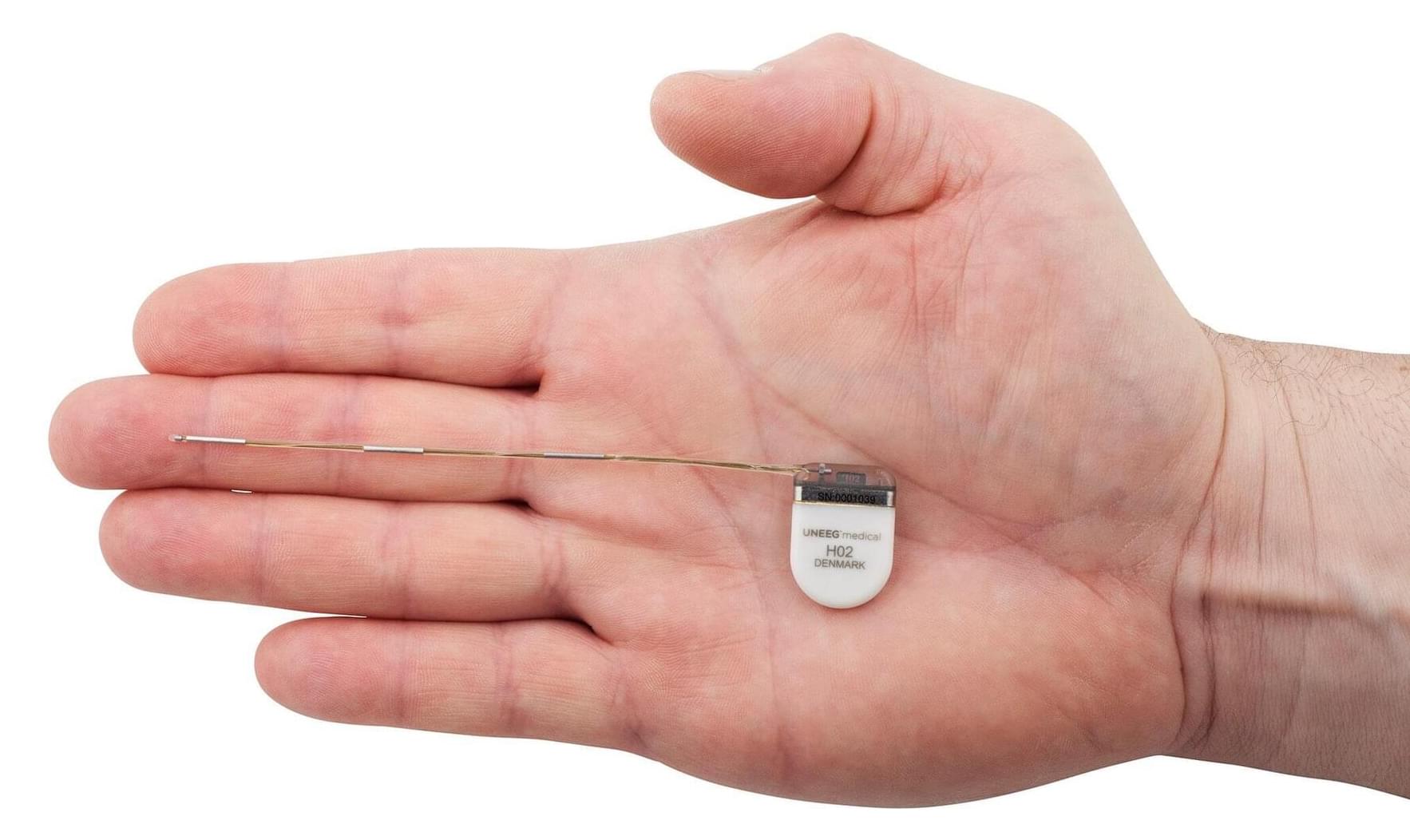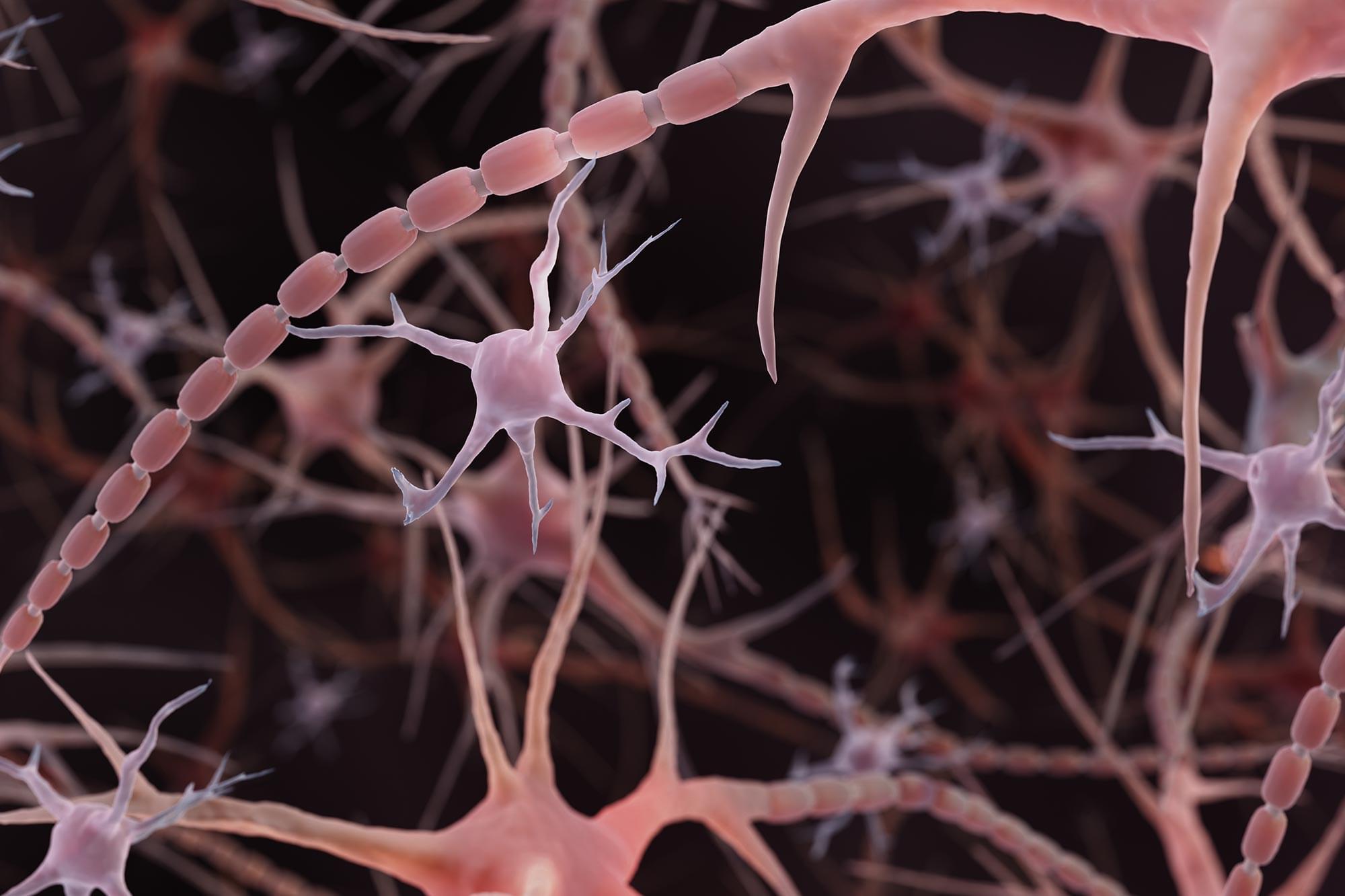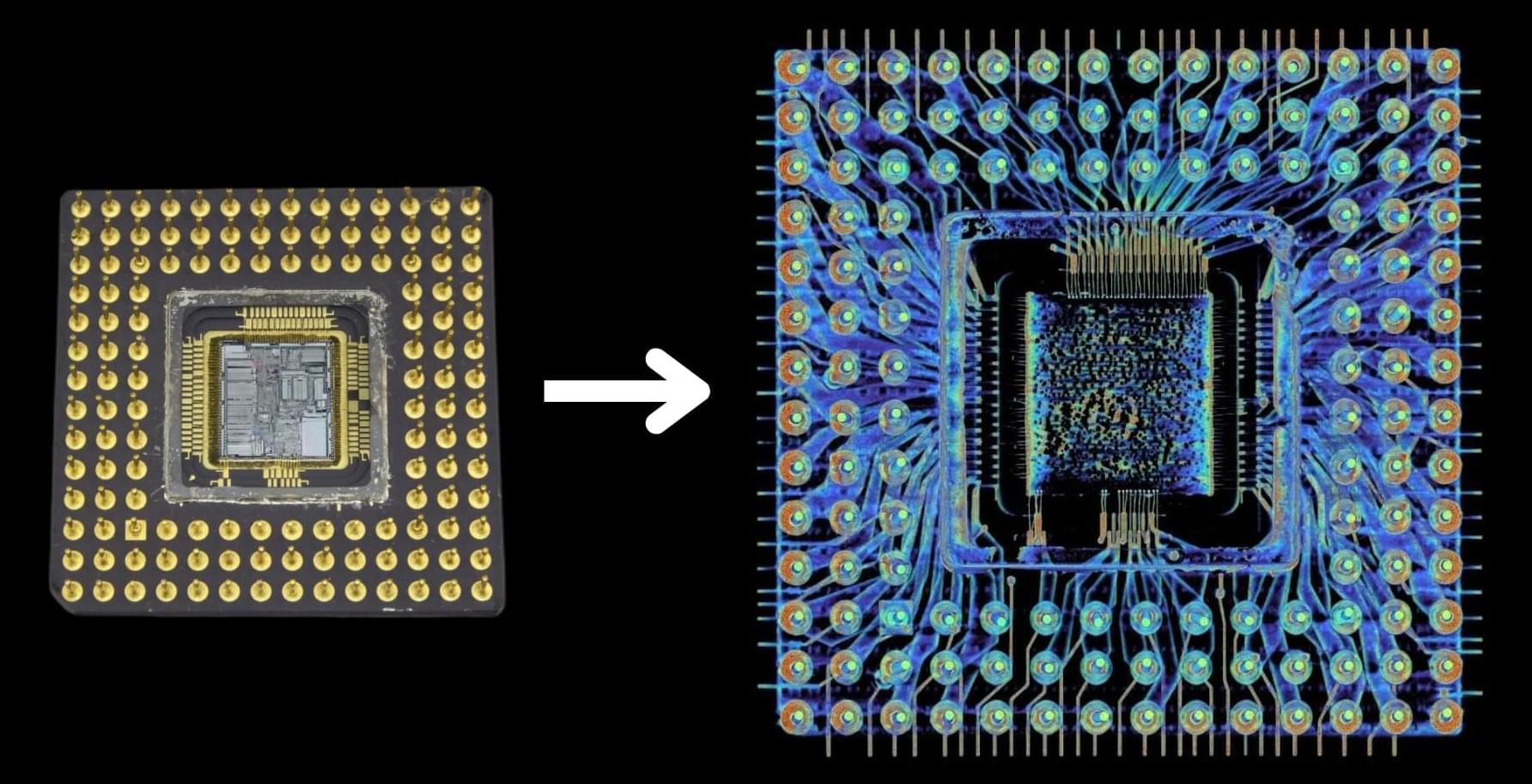New research from the Institute of Psychiatry, Psychology & Neuroscience (IoPPN) at King’s College London in partnership with the Mayo Clinic and UNEEG medical, has found that an electronic device placed under the scalp is an effective and feasible means of accurately tracking epilepsy.
In their study, published in Epilepsia, researchers demonstrated that seizures can be tracked in the home environment, giving clinicians access to data that could have a dramatic impact on the way in which epilepsy is treated in the future.
Tracking epileptic seizures over time is challenging and relies upon a person keeping a subjective diary. It is an unreliable format, as people with epilepsy can experience seizures without realizing it, due to impairment of consciousness and memory loss, or might misinterpret several symptoms as seizures when they are not. This is particularly important for those with treatment resistant epilepsy, who have ongoing seizures despite treatment with anti-seizure medication—known to occur in around a third of people with epilepsy.








